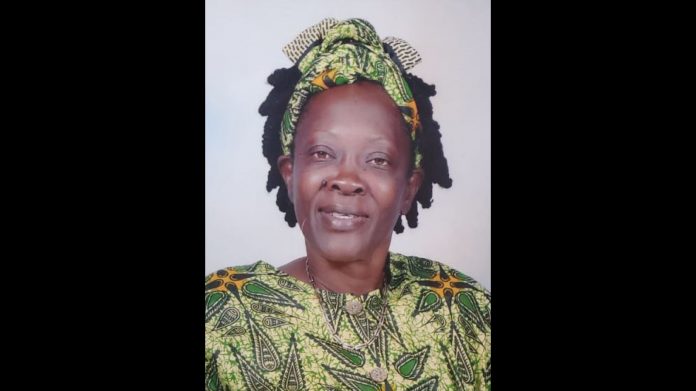By Kadeem Joseph
Antigua and Barbuda’s Chief Health Inspector (CHI) is hoping that churches across the country that also manage cemeteries will make burial plots available for residents in their communities who may not be members of their congregations.
With the St John’s Public Cemetery near capacity and plans for the development of a replacement venue seeing slow progress, Sharon Martin is hopeful that this could be an interim solution to alleviate pressure on the overcrowded facility.
The consideration comes after she completed a survey of the number of burial sites in the country last Saturday.
“I think people who die, who are resident in the area, even though they do not attend the church — because most of the cemeteries belong to churches … I am saying that some of these people should not find their way to the public cemetery for burial,” she explained.
Martin added that she only observed three community cemeteries, meaning that churches run the majority of other facilities.
She is hoping to engage with these churches to this end.
“We will have to have a meeting with these churches that have burial grounds and we will have to sit down and talk to them about allowing a person living in the area to be buried in their cemetery; we are really wanting to control burial at the public cemetery,” she explained further.
The chief health inspector noted that in plots where a person has been laid to rest in a wooden coffin, the area can be reused after seven years. However, those plots in which individuals opt to bury loved ones in metal caskets require 10 to 15 years before they can be reused.
The CHI also indicated that she will be assessing the true availability of spots at the crowded public cemetery on Friars Hill Road.
“The grass is being cut as we speak and so by the end of today [(Tuesday], once they have completed the cutting of the entire cemetery, I will be going around with the supervisor and the men who work there, because they would know more than me. We will go around, identify the spots and I will record them,” she said.
While the capacity of the public cemetery has been a point of discussion for years, the issue has been driven into sharp focus by a steep increase in Covid-19 related deaths in recent weeks.
Martin reiterated that the country has far exceeded the usual number of burials for around this time of year, with the expectation that interments would rise to 314 by the end of Tuesday, a total that she said is close to year-end averages in times past.
According to data obtained by Observer on burials at the public cemetery in past years, 329 people were laid to rest in 2018, 348 in 2019, and 351 in 2020.

